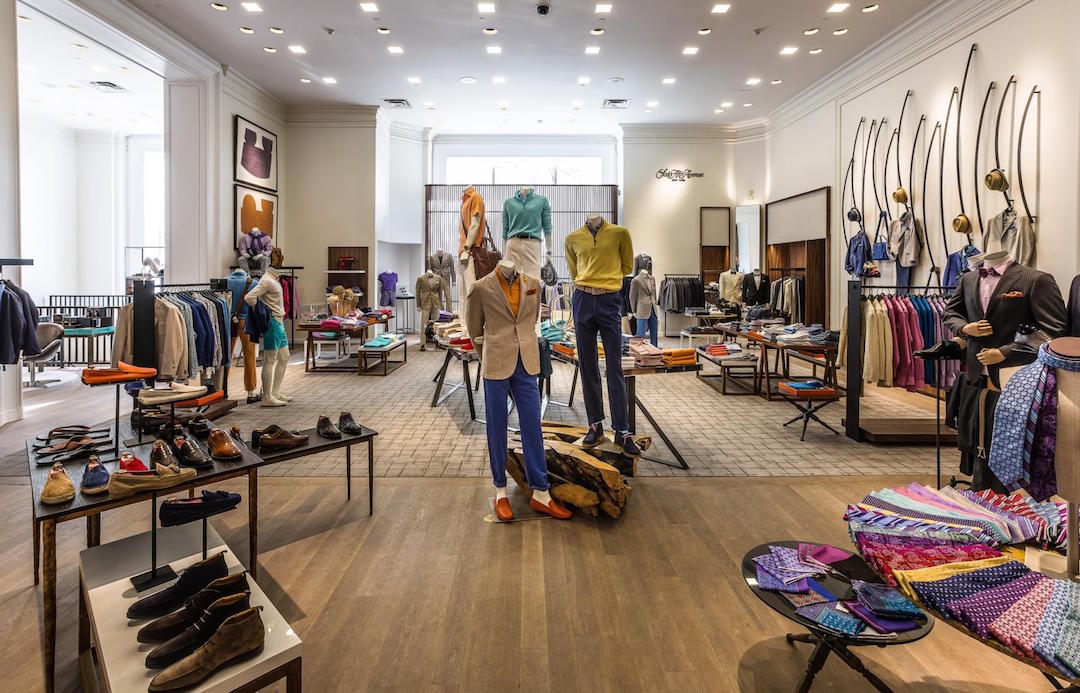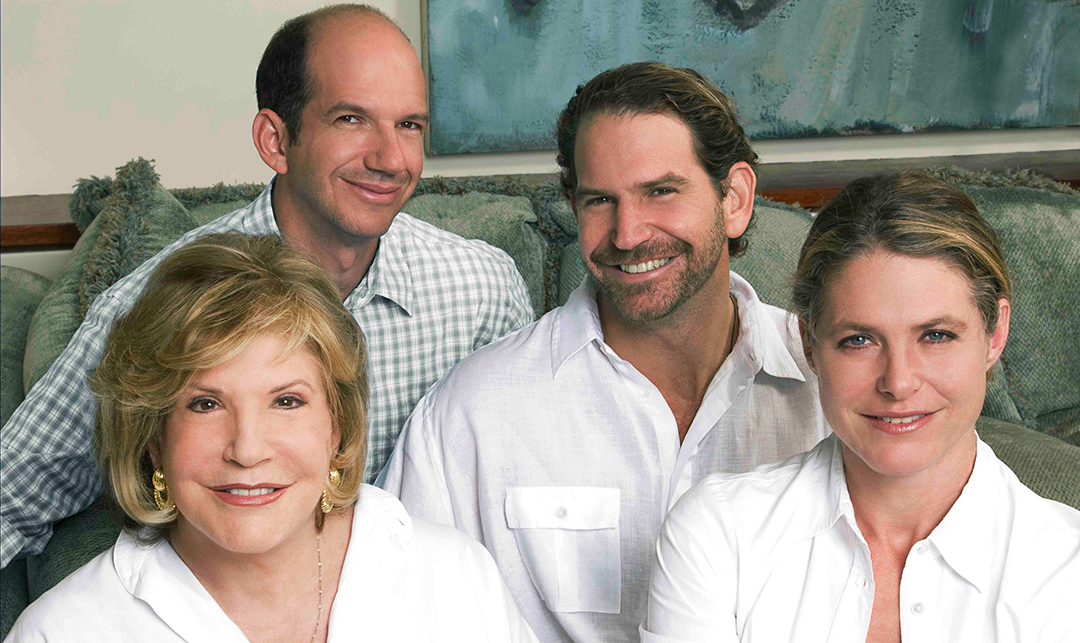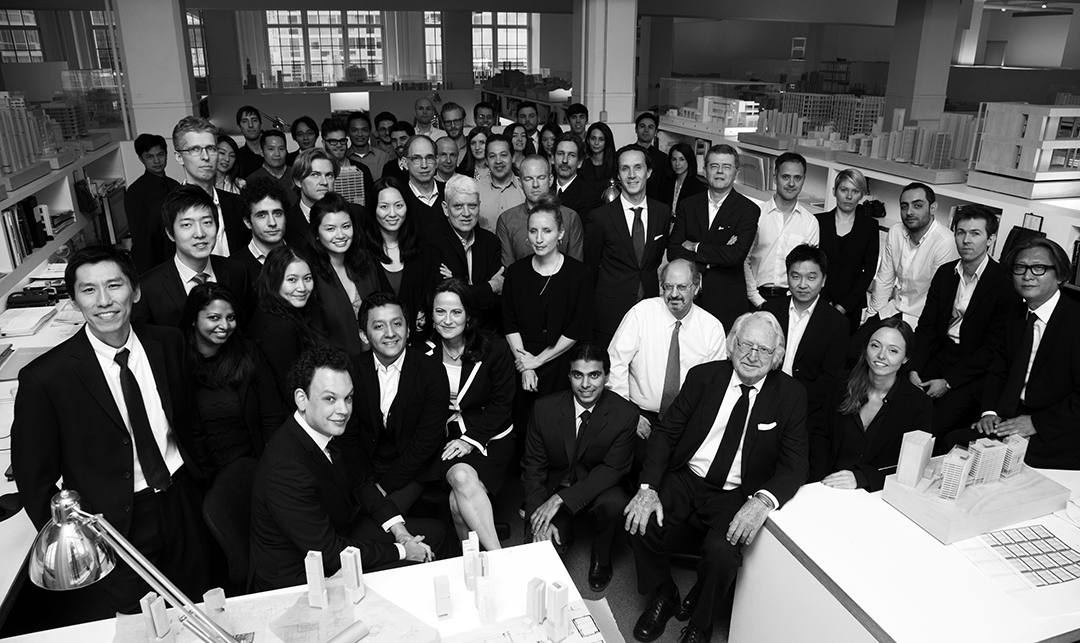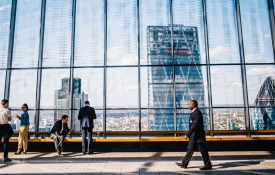With two-thirds of adults in the United States having received at least one vaccine dose and restrictions easing, the economy is on something of an upswing. Infections and deaths from the COVID-19 pandemic continue, but rising vaccination rates and a return to business and offices has people spending and investing more.
In light of that, CSQ reached out to some of our C-Suite Advisors™ to get a feel for how they are viewing this economic moment and what the future holds. We asked: Are you expecting a post-pandemic boom? Is it going to be another Roaring ‘20s?
Here’s what some of our C-Suite Advisors™ said:

Robert Dalie, Managing Director, the Summa Group of Oppenheimer & Co.
Five years of technology growth, innovation, and digital disruption were accelerated during the first five months of the pandemic. Many companies and individuals have adapted, pivoted, and adjusted to this new economic reality. This in turn has created new opportunities, verticals, and a plethora of growth for those taking advantage of the environment. Once the sugar high of government spending and low interest rates starts to waver, those that have not adapted will feel competitive threats and lose market share.
Is this going to be another Roaring ‘20s? My response to this question is both positive and negative. For these new age players, the markets for them over the next decade will boom as they are early in this spending and growth cycle. Counter to them are the older, stagnate players who do not realize markets shift and consumer spending patterns change. For them it’s a slow death. The gap between the two will continue to widen over this next decade.

Christopher Yang, Vice President of Engineering, Corporate Travel Management
As the threat of COVID-19 dissipates, economic recovery has begun, and people are starting to see a rainbow after the pandemic storm. U.S. households have accumulated over $2.4T in excess savings since the start of the COVID-19 pandemic. A recent Goldman Sachs study indicated that approximately 20% of this surplus will be spent during the first reopening year, particularly in restrictive services that were least available. Consumer expenditure typically rises after a non-financial disruption. In fact, the first quarter of 2021 has shown a GDP increase at an annual rate of 6.4%, almost two points higher than the previous quarter. People’s pent-up savings should contribute to this increase in consumption and economic boom starting in mid-2021.

Patty Deutsche, CEO and Founder, Volterra Communications
I’m not sure “boom” is the right word for what business will look like next. But I do think there will be a post-pandemic “revolution.” Companies have learned that they don’t need large office spaces, that their employees work well remotely, that Zoom calls actually can be more efficient than in-person meetings (even if creativity is hindered). I think you’ll see people making career changes they wouldn’t have even considered prior to the pandemic, and I think this will result in an unprecedented increase in entrepreneurship. I think new college grads will have more opportunities than ever before. We thought there was a lot of change during the pandemic? I think even more change is on the horizon!

Martin Levy, President and Founder, Corpstrat
Surprisingly, we think the future is very bright. We help companies build robust benefits packages. Those things employees largely see as entitlements, or the “what else do you offer.” Through the past 10 years, employers slimmed their benefit packages to offset rising healthcare insurance costs.
Now, post-COVID, employers are competing for talent (many who get free or subsidized healthcare and unemployment benefits). As such, employers have to make “working” appealing: It takes a lot of strategic thinking and planning to design benefits programs, benchmark and package them, and make them sizzle. Every company today is competing with VC-funded startups and generous companies like Apple and Google.

Edward Wilson-Smythe, NTT DATA Services
After a year of economic contraction globally, it is inevitable that the post-pandemic recovery will lead to high economic growth in the short term.
The worry is that we will be satisfied with this boom, and not address the root cause of what are now entirely predictable roughly decennial economic boom and bust cycles. These cycles are a product of an economic system defined by shocks caused by runaway unfettered markets followed by equally extreme tax-and-spend defibrillation. The roulette wheel of stock and property markets divorced from economic reality, increasing marginalization and disenchantment, taxpayer-funded corporate bonuses and share buybacks, and ever-escalating public and private debt, leads to the vast majority of our people losing regardless of where the ball lands.
Coming out of the pandemic, we have a once-in-a generation opportunity to redefine our socioeconomic structures, and link our concept of economic value once again to core structural drivers such as employment, disposable earned income, and productive investment. To achieve this inflection, we as business, finance and technology leaders must:
- Harness innovation and automation to create new high-skill high-paid jobs as a national priority, pursued with the same zeal as the Marshall Plan.
- Look beyond short-term returns, with ESG goals driving prioritization of productive investment over executive compensation stock price manipulation.
- Commit to creating pathways to success for people who are increasingly left behind, as the only way to repair our deeply worn social fabric.
- Understand the unintended consequences of amoral technology innovation, and ensure that technology is harnessed for the greatest common good.
If we fail, we will not only have another repeat of 1929: a century after the first great global capitalist shock, but also the distinct possibility of permanent erosion of trust in the concepts of representative democracy, individual enterprise and free markets.

Jeremy Evans, Chief Entrepreneur Officer, California Sports Lawyer
One would surely hope for an economic boom. There is a desire for people to travel and see the world, but the question is, will resources be there to travel? It seems savings increased in the last year and a half so there may be a temporary economic spending boom. For there to be a full 2020’s style “Roaring ‘20s,” two things need to occur: 1) People need to be completely free to travel and explore without fear or restrictions, and/or 2) technology needs to make traveling easier for experiential opportunities. Virtual and technological innovations are clearly there to help drive the economic train forward.

Daniel Rastein, CEO, cassderma rx
I definitely believe that there will be a post-pandemic boom. In fact, here in California it has already begun—basic supply and demand. Here is a list of my own personal experience in the recent few weeks:
- Local restaurants that I regularly frequent are either booked every night or have actual lines.
- Campgrounds: full; RV rentals: booked.
- Hotels: at capacity all the time, pricey.
- Airlines tickets: triple in price overnight. I bought a ticket from L.A. to Miami, non-stop for $100 round trip, but not any more.
- Very very difficult to do any kind of construction as they are all busy. Also, materials have tripled in price and/or out of stock. I just paid $90 for a sheet of plywood!
- Have you tried or are thinking of purchasing a house? “Fogetaboudit” unless you have tons of cash on hand.
Don’t get me wrong, as this is all good to get our businesses back online and to recover and recover well, especially the restaurant, travel, hospitality and entertainment venues.

Mike Martinez, Chief Operation Officer, Yes LLC
Our team fully anticipates and is building across all the developing lines that were either reduced or are expansion opportunities that were on hold. For many, lines that were in the planning stage are able to be returned to at a likely faster pace.
Post-pandemic, we anticipate consumers to have more consumer confidence in purchasing behavior and our team is reviewing the personal saving discretionary income patterns of various regional lockdowns, relative to their debt loads. With a stance that history can have similar trends, society has a tenacity for advancement and innovation, especially with regards to technology.
A Roaring ‘20s type of economic scenario could be possible, though we believe circumstances and economic driving factors are likely different this time around, but still optimistic. Areas of industrialism, monetary policy, competition, regulation, and purchasing power are much more advanced than in 1920, and luckily are more top of mind to both consumers and investors.
In 1921, life and culture existed as illegal alcohol, silent films, news provided and sold by newsie child labor, drastic racial and immigration tension, and car transport just became attainable for the common household among other lifestyle traits. We have grown up as an economy and host many more luxuries since then, though not fully across the board. From an economic basis, we do have room for some more growth, innovation, and inspiration.
Want more from our C-Suite Advisors™? Read all of their articles here.












































